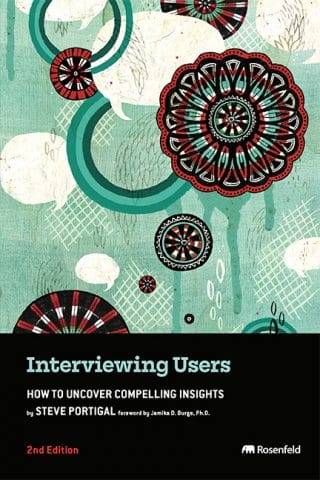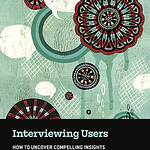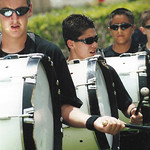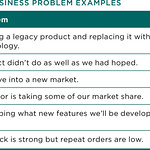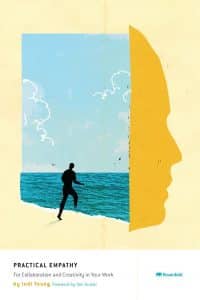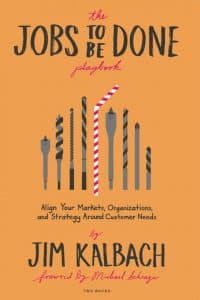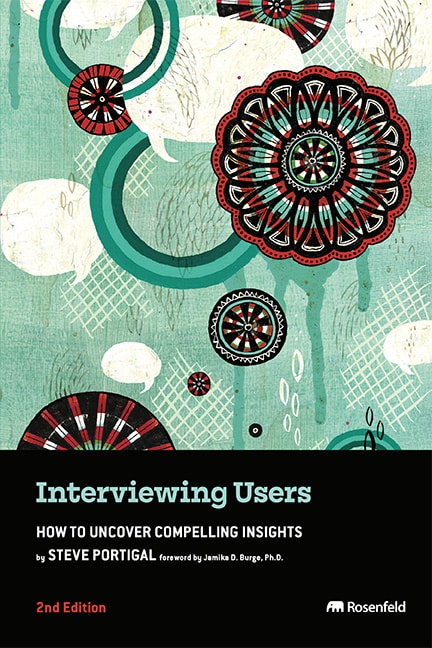Interviewing Users (2nd Edition)

How to Uncover Compelling Insights
Interviewing is easy, right? Anyone can do it… but few do it well enough to unlock the benefits and insights that interviewing users and customers can yield.
In this new and updated edition of the acclaimed classic Interviewing Users, Steve Portigal quickly and effectively dispels the myth that interviewing is trivial. He shows how research studies and logistics can be used to determine concrete goals for a business and takes the reader on a detailed journey into the specifics of interviewing techniques, best practices, fieldwork, documentation, and how to make sense of uncovered data. Then Steve takes the process even further—showing the methods and details behind asking questions—from the words themselves to the interviewer’s actions and how they influence an interview. There is even a chapter on making sure that information gleaned from the research study is used by the business in such a way to make it impactful and worthwhile. Oh, and for good measure he throws in information about Research Operations.
Everyone will get something from this book. But beyond the requisite information, it’s simply a good read. And if you want another good read with stories galore, pick up Steve’s other book Doorbells, Danger, and Dead Batteries.
Who Should Read This Book?
- Anyone and everyone who is interested in finding out what makes their business tick, i.e., who their users are.
- Anyone and everyone who wants to learn how to interview and listen to people.
- Anyone and everyone, including CEOs, user researchers, designers, engineers, marketers, product managers, strategists, interviewers, and you.
Interviewing is easy, right? Anyone can do it… but few do it well enough to unlock the benefits and insights that interviewing users and customers can yield.
In this new and updated edition of the acclaimed classic Interviewing Users, Steve Portigal quickly and effectively dispels the myth that interviewing is trivial. He shows how research studies and logistics can be used to determine concrete goals for a business and takes the reader on a detailed journey into the specifics of interviewing techniques, best practices, fieldwork, documentation, and how to make sense of uncovered data. Then Steve takes the process even further—showing the methods and details behind asking questions—from the words themselves to the interviewer’s actions and how they influence an interview. There is even a chapter on making sure that information gleaned from the research study is used by the business in such a way to make it impactful and worthwhile. Oh, and for good measure he throws in information about Research Operations.
Everyone will get something from this book. But beyond the requisite information, it’s simply a good read. And if you want another good read with stories galore, pick up Steve’s other book Doorbells, Danger, and Dead Batteries.
Who Should Read This Book?
- Anyone and everyone who is interested in finding out what makes their business tick, i.e., who their users are.
- Anyone and everyone who wants to learn how to interview and listen to people.
- Anyone and everyone, including CEOs, user researchers, designers, engineers, marketers, product managers, strategists, interviewers, and you.
Testimonials
As a research leader who has been out of the field for too long, Interviewing Users reminded me of what I once knew, taught me some new approaches, and fired me up to get back out there and do this work of learning about humans with renewed confidence and reverence.
—Robin Beers, PhD, Ubuntu Culture Company
A complete guide to interviewing that teaches you a considerate, humane, actionable approach to learning from users.
—Aras Bilgen, UX consultant
Steve Portigal wrote the book on interviewing users, and then he made it even better. What more do you need to know?
—Brendan Jarvis, Facilitator of Human Insights, The Space InBetween
Steve Portigal is one of my go-to veterans for field research, interviewing users, thoughtful insights, and teaching/coaching others to do this effectively. If you need to interview users, you need this book.
—Rich Mironov, CEO and smokejumper product executive
Interviewing Users is a goldmine of knowledge for anyone who wants to effectively conduct user interviews. It’s well-written, engaging, and full of practical advice.
—Tomer Sharon, author, Validating Product Ideas and It’s Our Research
Clear and concise with great examples, this is quite simply the best book on when, why, and how you should conduct user interview studies. Whether you’re new to interviewing or have had years of experience, there’s a wealth of information here for you.
—Elizabeth F. Churchill., PhD, Senior Director, Google
Interviewing Users is a straightforward guide to the practice of UX research. Steve also invites the reader into the community of practice of UX research by bringing in writings from other practitioners from across the globe.
—Sam Ladner, PhD, author of Practical Ethnography and Mixed Methods
Table of Contents
Foreword by Jamika D. Burge
Chapter 1: Interviewing Addresses a Business Need
Chapter 2: Research Logistics
Chapter 3: Contextual Methods—More Than Just Asking Questions
Chapter 4: The Successful Fieldwork Experience
Chapter 5: Best Practices for Interviewing
Chapter 6: The Intricacies of Asking Questions
Chapter 7: Better Interviews
Chapter 8: Documenting the Interview
Chapter 9: Making Sense of Your Data
Chapter 10: Making an Impact with Your Research
FAQ
These common questions about online learning and design and their short answers are taken from Steve Portigal’s book Interviewing Users: How to Uncover Compelling Insights (2nd edition). You can find longer answers to each in your copy of the book, either printed or digital version.
What’s new in the second edition?
This edition features two new chapters: one about analysis and synthesis and sharing research results, and another about ensuring that your user research efforts will have an impact on your organization. There are seven new short essays (we call them sidebars) from guest contributors. Plus, you’ll find updated examples, stories, and tips for leading interviews, and new sections about bias, remote research, ResearchOps, planning research, and research logistics.
Sample Chapter
This is a sample chapter from Steve Portigal’s book Interviewing Users: How to Uncover Compelling Insights (2nd edition). 2023, Rosenfeld Media.
Chapter 1: Interviewing Addresses a Business Need
A few years back, I worked with a company that had the notion to turn a commodity safety product—the hard hat—into a premium product. They would incorporate advanced features and then charge a higher price point. I don’t actually know where their idea came from, but one can imagine that they had seen all kinds of everyday products be reformulated to generate a higher scale of profit (think about Starbucks, gourmet salt, smartphones, Vitamix blenders, or horsehair mattresses). They sketched out a set of features that would improve the functional performance of the hard hat.
Resources
Presentations
- Interviewing Users (O’Reilly 2013) (webinar recording)
- Interviewing Users (IxDA Los Angeles/LA UX Meetup 2013) (slides, video, alternate video, tweetstream)
- We’ve Done All This Research, Now What (Mozilla UX 2012) (video)

